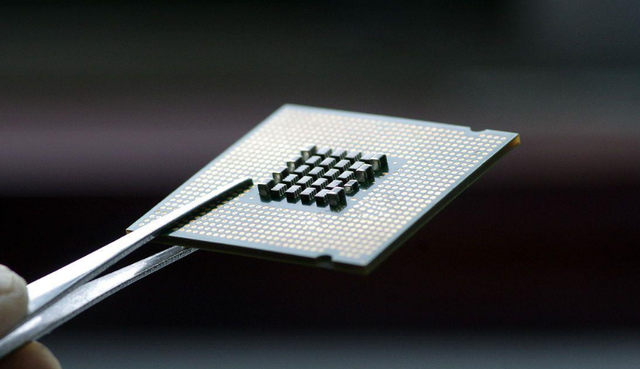Drivers in Integrated Circuits: Technical Analysis and Application Prospects
In today's field of electronic technology, integrated circuits (ICs), as the core of modern electronic devices, have penetrated into every aspect of our lives. Among the many components of integrated circuits, drivers play a crucial role. This article will provide an in-depth analysis of drivers in integrated circuits, exploring their technical principles, functional characteristics, and application prospects in future technological development.
1、 Overview of Integrated Circuits and Drivers
Integrated circuit is a type of microstructure that uses a specific process to interconnect components such as transistors, resistors, capacitors, and wiring, and is made on a small or several small semiconductor chips or dielectric substrates. It is then packaged in a tube shell to form a microstructure with the required circuit functions. And the driver is an important component of integrated circuits, its main function is to convert control signals into power signals that can drive actuators (such as motors, relays, etc.).
2、 Technical principles and functional characteristics of drivers
The working principle of the driver can be simply summarized as: receiving control signals from the control system or microprocessor, processing them through internal circuits, and converting the signals into power signals that can drive the actuator. The main functional characteristics of the driver include:
Efficient conversion: The driver can efficiently convert control signals into power signals, ensuring that the actuator can accurately and quickly respond to control instructions.

Good stability: The internal circuit of the driver has been carefully designed and has good stability, which can maintain normal operation in various environments.
Complete protection function: Drivers usually have protection functions such as overcurrent, overvoltage, and overheating, ensuring that the power supply can be automatically cut off in case of actuator abnormalities, protecting the safety of the actuator and integrated circuit.
3、 Classification and Application of Drivers
According to different classification criteria, drives can be classified into multiple types. According to the different driving objects, drivers can be divided into motor drivers, relay drivers, LED drivers, etc; According to the different circuit structures, drivers can be divided into linear drivers, switch type drivers, etc. These drives have wide applications in various fields, such as industrial automation, automotive electronics, consumer electronics, etc.
In the field of industrial automation, motor drivers are one of the most widely used drivers. The motor driver can receive instructions from the control system to drive the motor to move at a predetermined speed and direction, achieving precise control of automated production lines. In the field of automotive electronics, relay drivers are widely used in automotive circuit systems to control the switches of automotive lighting, audio and other equipment. In the field of consumer electronics, LED drivers are used to drive the emission of LED lamps, achieving energy-saving and environmentally friendly lighting effects.